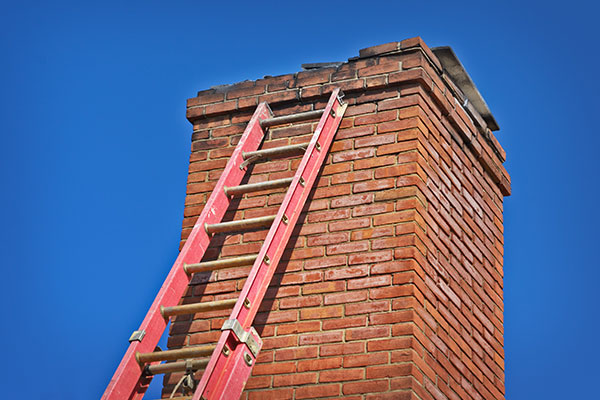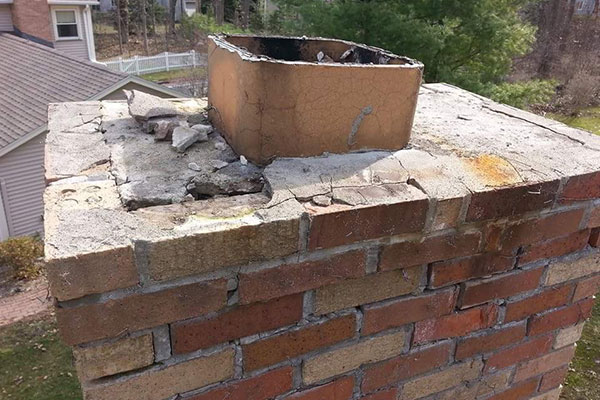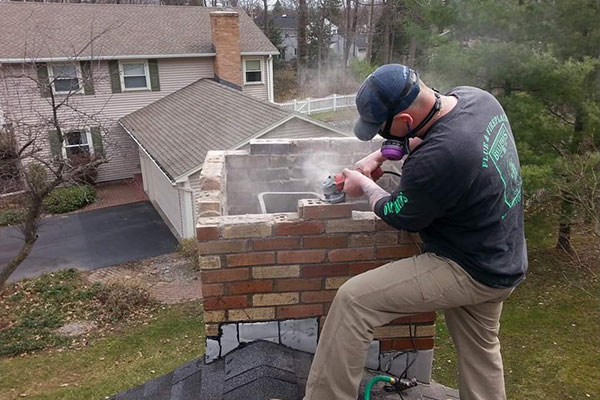Chimney Repair
How do you know if you need Chimney Repair?
You may or may not need Chimney Repair, depending on the outcome of your Chimney Inspection. Having carbon monoxide detectors in your home will allow you to notice any potential blockages in your chimney. The chimney is what helps to pull out the smoke and poisonous gasses from your home. If smoke or carbon monoxide are getting inside your home, there may be a crack or blockage in the chimney or flue.
Periodically check your chimney from the outside. You will be able to see cracks or gaps where the chimney meets the house. Sometimes the cracks are easier to see because they could be smoke stained making them stand out more. Cracks in the chimney or flue could potentially lead to fires because the gas and smoke could end up either inside the home or inside the walls.
If you are constantly burning low fires, a buildup of creosote could end up in the chimney. When the creosote begins to solidify, it can cause buildup and ignite. Chimney fires can be extremely dangerous and sometimes un-noticed until it's too late. Schedule a Chimney Sweep today!


Chimney Cap and Crown Repairs:
Both the chimney cap and crown offer protection against water damage and debris from getting inside your home. The chimney crown is like a cover on the very top of your chimney and is usually made of concrete. Concrete can crack, and it is important to get it fixed to allow for the best possible protection from water damage. A common solution to minor cracks is a sealant. The chimney cap goes on top of the flue and protects the chimney from debris. When that has cracks or breaks, things may get down into the flue and cause blockages which could in turn result in smoke and gas getting into the home, or worse; a fire.
Hearth Repair/Refacing and Firebox Repair:
Monitoring your fireplace, firebox, and hearth for cracks and gaps is extremely important. If there are gaps, that could mean the chimney is moving away from the house, or there could also be settling. Looking for gaps on the outside is just as important as checking on the inside. Gaps at the hearth, firebox, or outside could all potentially mean there are gaps on the inside of the chimney that are not clearly visible.
Many people choose to update the look of their fireplace by refacing the hearth and removing the old mantle. Tile, stone, and new brick are common changes people have chosen to do.
The firebox (where wood is burned) is built to take the heat of fires. However, the brick and mortar can still age and deteriorate. Checking for cracks and/or damaged bricks is something you can monitor or have a professional perform a Chimney Inspection annually. If there is damage, new brick and mortar can be laid or a new insert can be installed to allow safe use of the fireplace.
Rebuilding/Brick Repair
Weather and natural decay can cause cracks in the joints of brickwork, allowing water to enter the chimney or walls of your home. Repointing (tuckpointing and spalling) is the process of filling these cracks in the joints of brickwork. Having your Chimney inspected annually can catch such damage before it gets too bad.

